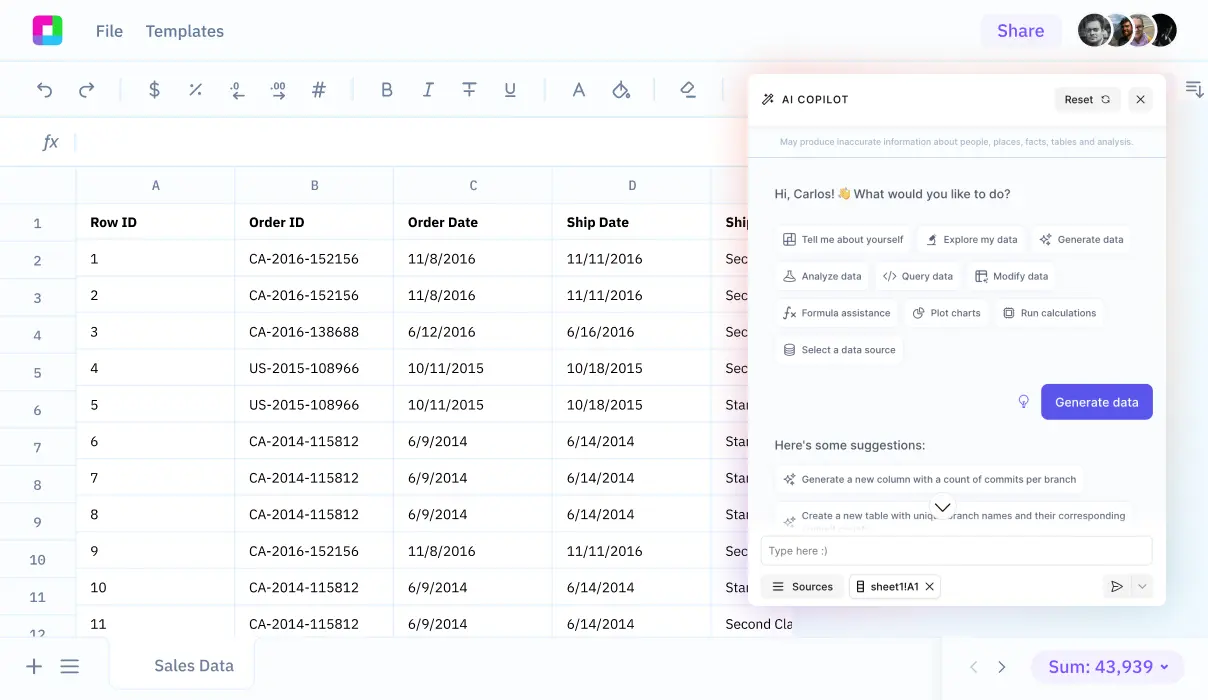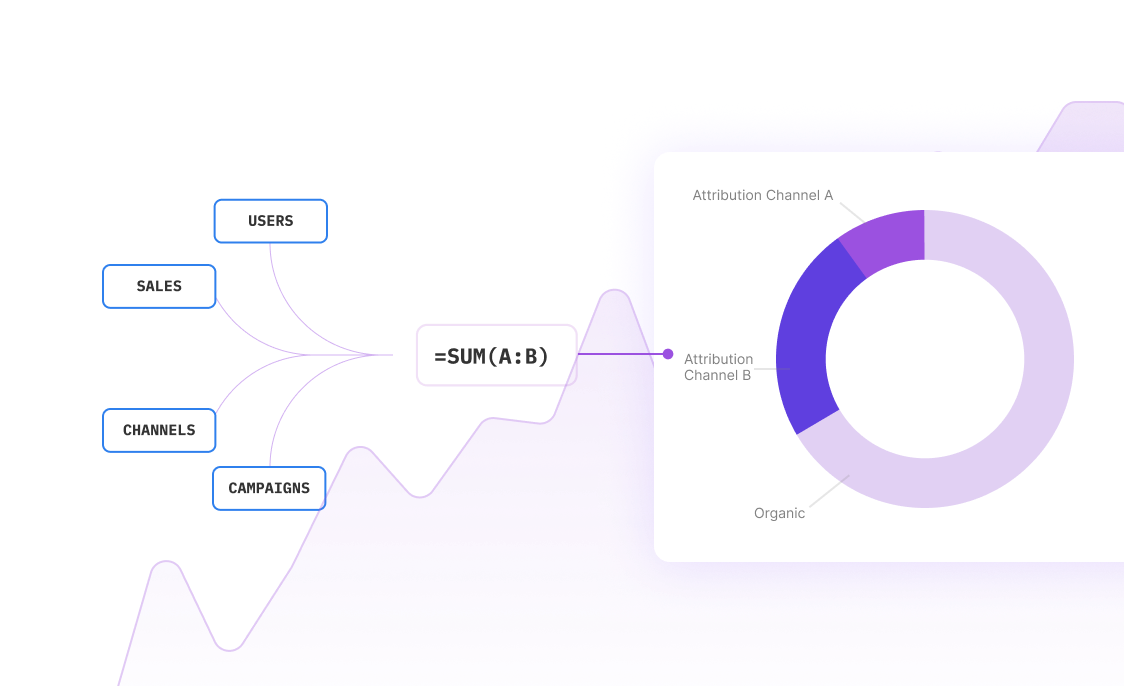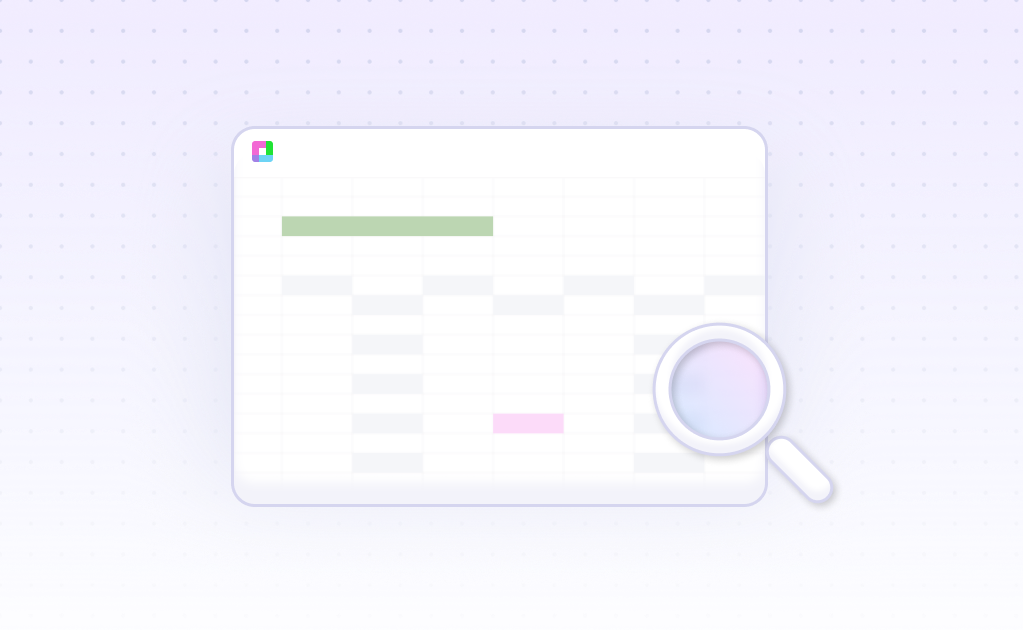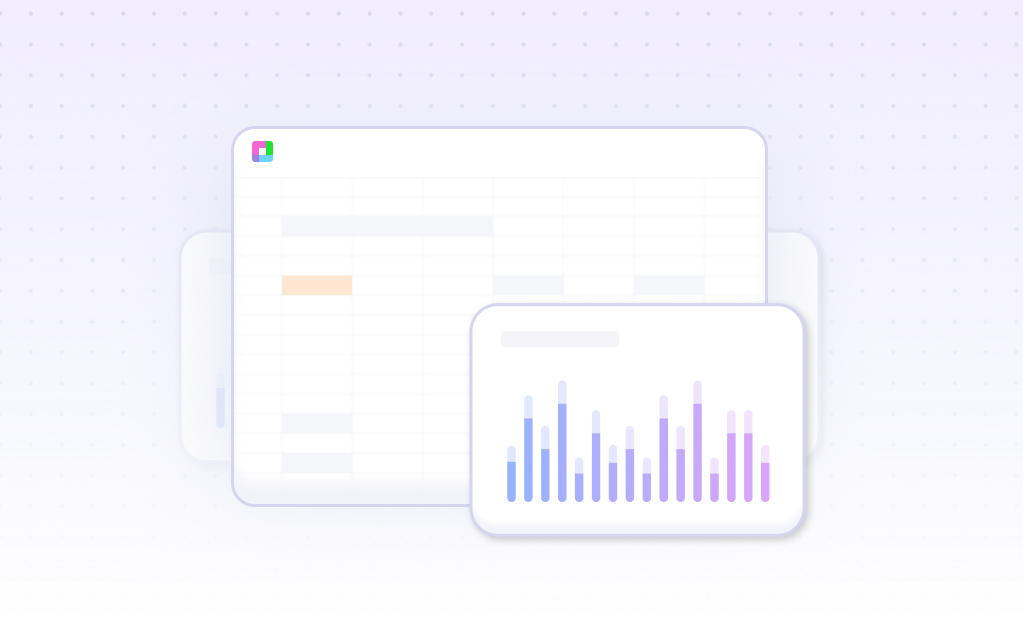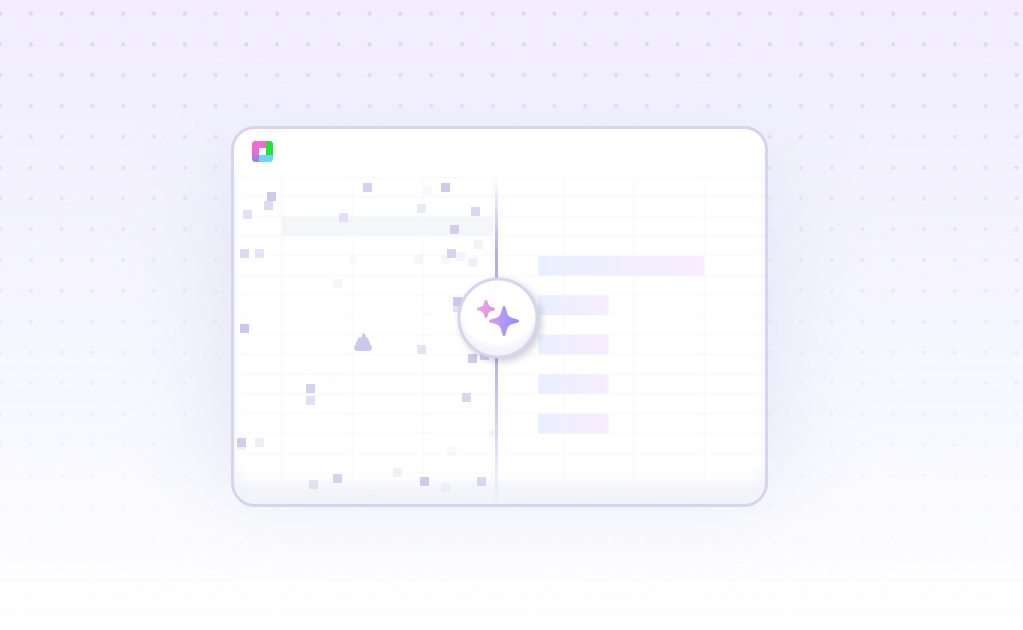
Introduction
Financial leverage analysis examines how borrowed capital affects a company's earnings and risk profile. The financial leverage ratio, calculated by dividing total assets by shareholders' equity, helps assess credit risk and potential returns. While higher leverage can amplify earnings per share and return on equity, it also increases bankruptcy risk.
Excel remains a standard tool for financial leverage analysis, allowing analysts to calculate ratios and perform scenario analysis. However, modern AI tools now streamline this process. Sourcetable, which integrates with over 100 platforms, uses AI to automate complex spreadsheet tasks, generate formulas, and ensure data accuracy through automated cleaning.
This guide explores how Sourcetable combines Excel's functionality with AI capabilities to perform financial leverage effect analysis, requiring no prior Excel expertise.
Financial Leverage Analysis: Why Sourcetable Beats Excel
Analyzing financial leverage in Excel requires complex formulas to calculate debt-to-equity ratios and assess risk factors. Sourcetable streamlines this process through natural language queries, eliminating the need for manual formula creation.
Enhanced Risk Analysis
Financial leverage amplifies both returns and losses, making accurate risk assessment crucial. Sourcetable's AI capabilities let you analyze debt-to-equity ratios (Total Debt / Total Equity) and other leverage metrics through simple questions, providing faster insights than traditional Excel methods.
Automated Insights
While Excel alternatives like ExcelFormulabot and Ajelix offer basic AI formula assistance, Sourcetable provides comprehensive analysis of borrowed capital's impact on profitability. Its natural language processing turns complex leverage calculations into instant visualizations and reports.
Targeted Analysis
Sourcetable's field selection and suggested questions feature enables focused analysis of leverage effects on specific assets or business segments. This targeted approach helps identify optimal debt levels while monitoring the risk of default.
Benefits of Financial Leverage Effect Analysis with Sourcetable
Financial leverage effect analysis helps investors amplify potential returns and access higher-value trading opportunities. Companies use leverage analysis strategically to evaluate short-term financing for acquisitions and buyouts.
AI-Powered Advantages of Sourcetable
Sourcetable's AI capabilities automate repetitive financial analysis tasks while minimizing human error. The platform streamlines workflows and enhances forecasting accuracy for optimized investment strategies.
Complex leverage analysis becomes more efficient with AI-powered tools that process large datasets rapidly. The technology uncovers valuable insights that inform strategic financial decisions.
Financial Leverage Effect Analysis with Sourcetable
Sourcetable's advanced data analysis capabilities enable powerful financial leverage effect analysis through SQL and Python integration. The platform's analytical tools support accurate financial modeling and forecasting for comprehensive leverage assessment.
Advanced Analysis Capabilities
Sourcetable's AI-powered platform streamlines financial planning and analysis processes while minimizing human error. The centralized system connects multiple analysis tools, enabling faster processing of complex financial datasets and uncovering deeper insights for investment strategy optimization.
Automated Financial Analysis
Through automation of repetitive tasks and enhanced forecasting accuracy, Sourcetable delivers efficient financial leverage analysis. The platform's integrated approach combines data exploration and reporting capabilities, providing financial analysts with comprehensive tools for precise leverage effect modeling.
Financial Leverage Effect Analysis Use Cases with Sourcetable
Automated Financial Strength Assessment |
Use Sourcetable's automatic formula generation to analyze a company's financial leverage ratios including |
Multi-Company Leverage Comparison |
Leverage Sourcetable's automated charting capabilities to visually compare financial leverage metrics across multiple companies. Python integration enables advanced statistical analysis of leverage patterns. |
Growth Potential Evaluation |
Generate automated scenarios to assess how different leverage levels impact company growth potential. SQL integration allows comprehensive analysis of historical leverage data to predict future performance. |
Risk Assessment Analysis |
Use Sourcetable's formula generation to calculate key risk metrics like |
Frequently Asked Questions
What is financial leverage effect analysis and why is it important?
Financial leverage effect analysis examines how companies use borrowed capital as a funding source to amplify returns on investments or projects. This analysis is important because it helps investors and companies assess risks associated with using debt for growth strategies and identify potential return opportunities through debt financing.
What are the key benefits of performing financial leverage analysis?
Financial leverage analysis provides three main benefits: it helps assess risk levels associated with debt-financed growth, identifies investment opportunities requiring additional capital, and assists companies in managing short-term financing needs while evaluating potential returns available through debt usage.
How can I analyze financial leverage effects efficiently using AI-powered tools?
AI-powered data analysis tools can automate data cleansing, recognize patterns, remove duplicates, and fill in missing values, allowing users to focus on analyzing leverage effects. These tools can integrate with machine learning capabilities to provide tailored predictions and enhance data transformation and insights for leverage analysis.
Conclusion
Financial leverage analysis helps assess credit risk and potential returns by examining how borrowed capital affects a company's performance. The traditional Excel approach involves calculating the financial leverage ratio (total assets / total shareholders' equity) and analyzing its impact on EPS and ROE. While Excel remains powerful, modern AI tools like Sourcetable streamline this analysis through natural language processing and predictive analytics.
Sourcetable combines spreadsheet functionality with AI assistance to accelerate financial leverage analysis. Its integration with multiple data sources and ability to execute Python or SQL code enables comprehensive scenario analysis. The platform's AI chatbot helps users quickly generate formulas, charts, and summaries without extensive spreadsheet expertise. Try Sourcetable's AI-powered financial leverage analysis at sourcetable.com/signup.
Recommended Analysis Guides
Connect your most-used data sources and tools to Sourcetable for seamless analysis.
Frequently Asked Questions
If you question is not covered here, you can contact our team.
Contact Us
